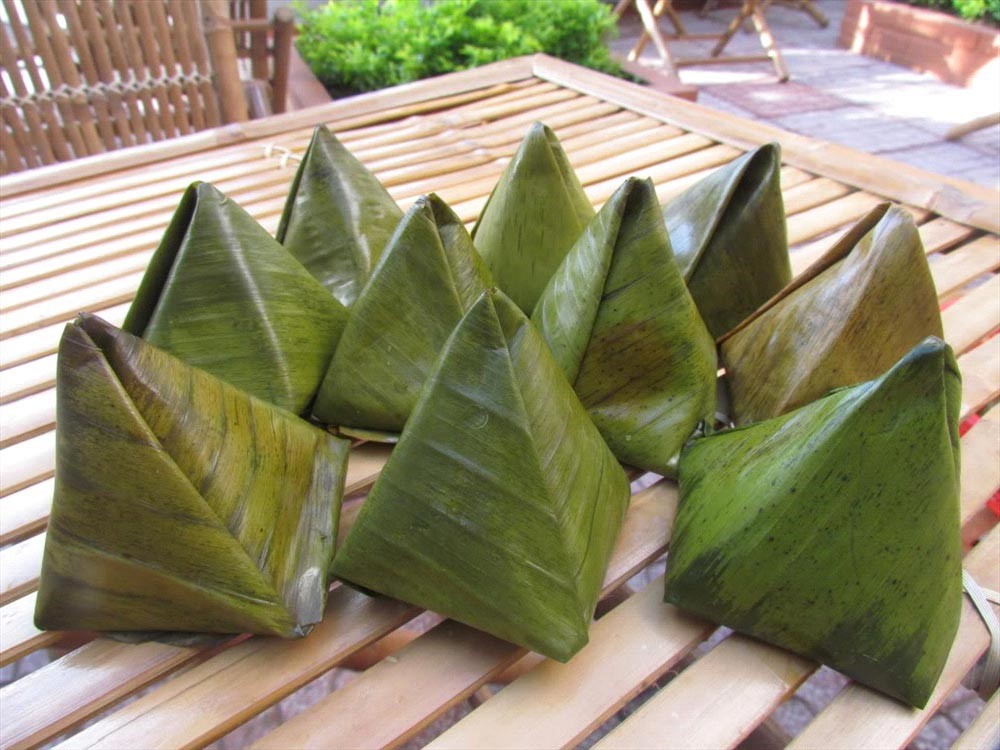1. Xmas (also X-mas) is a common abbreviation of the word Christmas
The "X" comes from the Greek letter Chi, which is the first letter of the Greek word Christós (Χριστός), which became Christ in English. The suffix -mas is from the Latin-derived Old English word for Mass.
2. Why Rudolph has the red-nose?
It's no wonder Rudolph the red-nosed reindeer is the most famous member of Santa's team -- on top of being a skilled flyer, his nose, as his name suggests, glows bright red. This unusual variation on the reindeer nasal prominence could have all kinds of benefits, the most important of which would involve guiding Santa's sleigh.
According to folklore, if the weather's ever bad on Christmas Eve, Santa's cleared for flight -- by the FAA, for that matter -- thanks to the brightness of Rudolph's nose.
3. British people consumes over 10 mil of turkey on Christmas day
87% British believe that Christmas is so insignificant without grilled turkey.
25% British buy turkey few months before Christmas Eve.
4. “Jingle Bells” was written for Thanksgiving, not Christmas
The song was written in 1857 by James Lord Pierpont and published under the title “One Horse Open Sleigh”.
It was supposed to be played in the composer’s Sunday school class during Thanksgiving as a way to commemorate the famed Medford sleigh races. This song doesn’t have any words “Christmas” or “Noel”
5. Santa Claus’s house
In the Netherlands, Sinterklaas (the Dutch version of Santa Claus) arrives from Spain, not from the North Pole. And that’s not the only weird thing about the Dutch Christmas. Sinterklaas has his little helpers, but they are not adorable hard-working elves: they are black-faced boys and girls who can steal your kids if they misbehave, and bring them to back Spain which is, according to the Dutch, a severe punishment.
6. The first Christmas Tree
The first artificial Christmas Tree wasn’t a tree at all. It was created out of goose feathers that were dyed green. The first artificial Christmas trees were developed in Germany in the 19th century, due to a major continuous deforestation. The feather trees became increasingly popular during the early 20th century and finally made their way to the US.
7. Hanging up stockings tradition
This tradition comes from a legend of Saint Nicholas
There was a poor man who had three daughters. The man was so poor that he did not have enough money for a dowry, so his daughters couldn't get married. (A dowry is a sum of money paid to the bridegroom by the bride parents on the wedding day. This still happens in some countries, even today.) One night, Nicholas secretly dropped a bag of gold down the chimney and into the house (This meant that the oldest daughter was then able to be married.). The bag fell into a stocking that had been hung by the fire to dry! This was repeated later with the second daughter. Finally, determined to discover the person who had given him the money, the father secretly hid by the fire every evening until he caught Nicholas dropping in a bag of gold. Nicholas begged the man to not tell anyone what he had done, because he did not want to bring attention to himself. But soon the news got out and when anyone received a secret gift, it was thought that maybe it was from Nicholas.
8. Three traditional colors
Three traditional colors are Green (symbolize for plants and reborn), Red (color of apple that Eva had eaten before expulsion from Eden) and Yellow (lights and richness)
9. The biggest Christmas gift
The biggest Christmas gift comes from France, when France gave to America in 1886. It’s Statue of Liberty
10. Reindeers are male or female?
There are 9 reindeers pull a Santa Claus’s carriage. Here on the ground, male reindeer shed their antlers and saving their energy ready to grow a new pair in the spring, while females sport their antlers throughout the winter. So reindeers of Santa are female.
11. The largest snowman
The record for the world's largest snowman was set in 2008 in Bethel, Maine. The snow-woman stood 122 feet 1 inch (37.21 m) in height. The previous record was also a snowman built in Bethel, Maine, in February 1999.
This festive season is so much more than Christmas parties and gift giving. May your Christmas be filled with the true miracles and meaning of this beautiful time.
MERRY CHRISTMAS!!!










